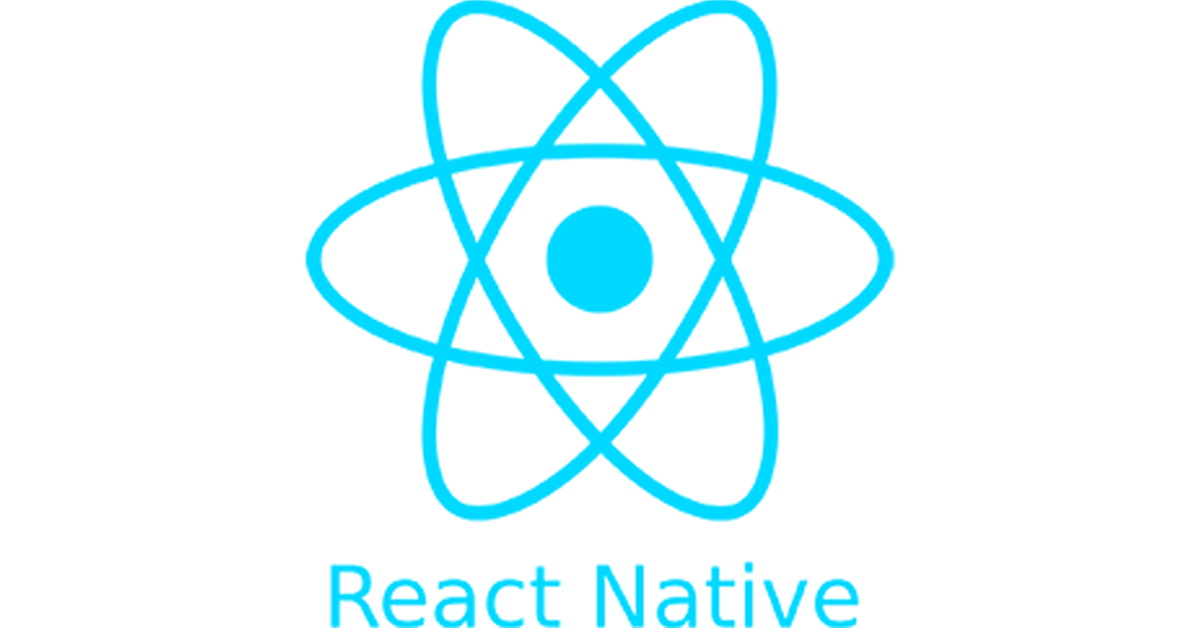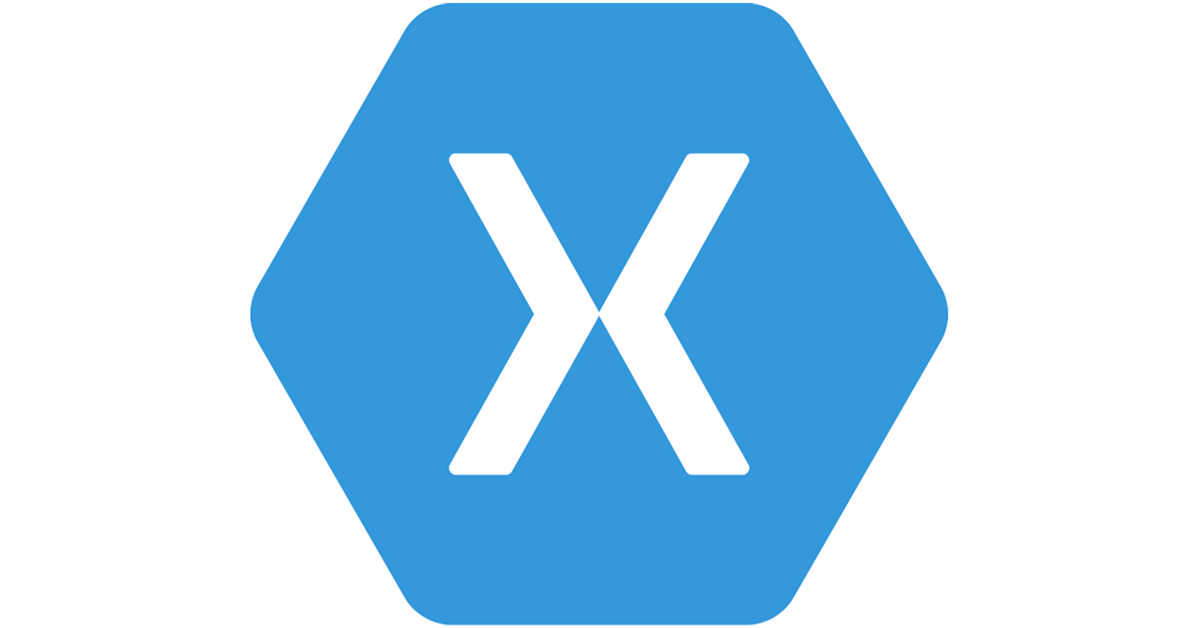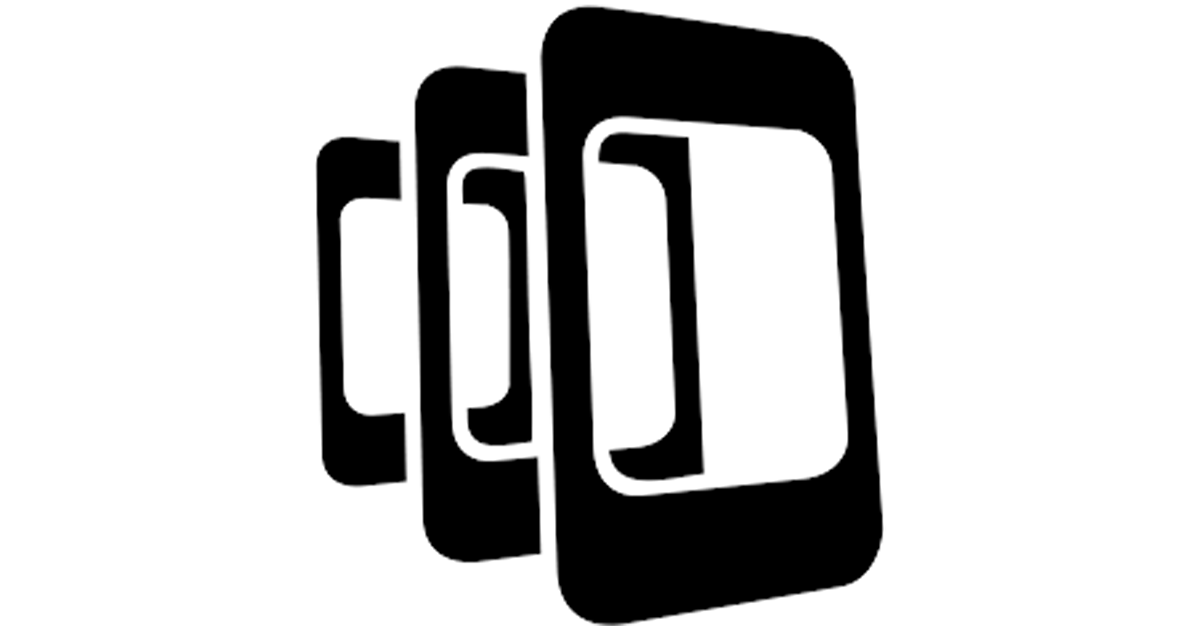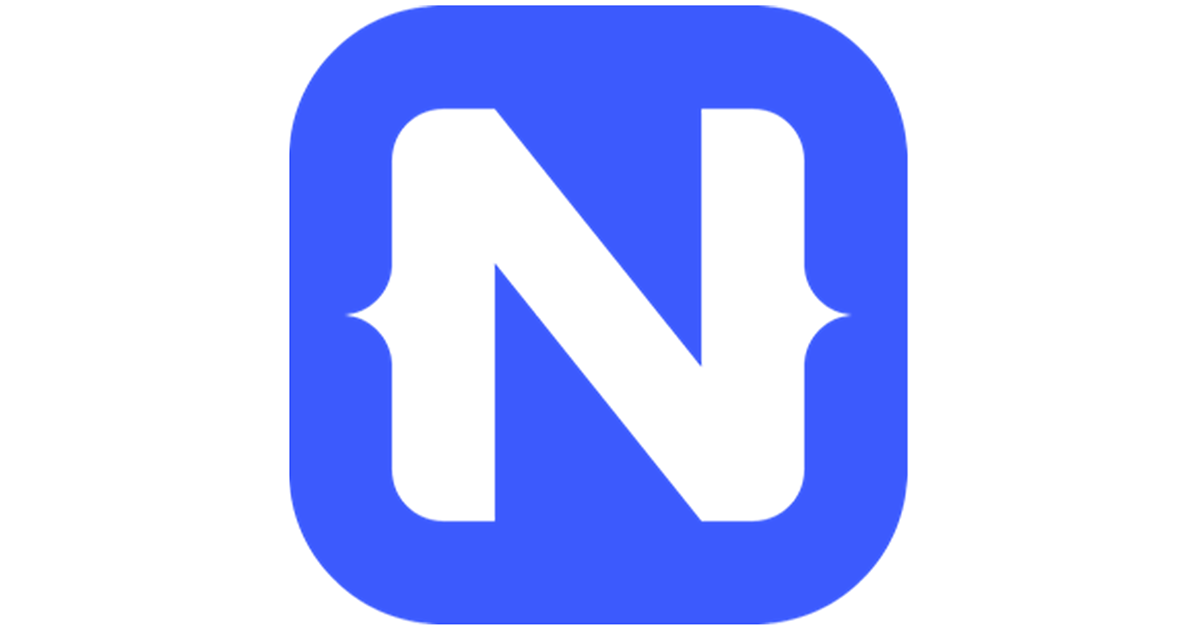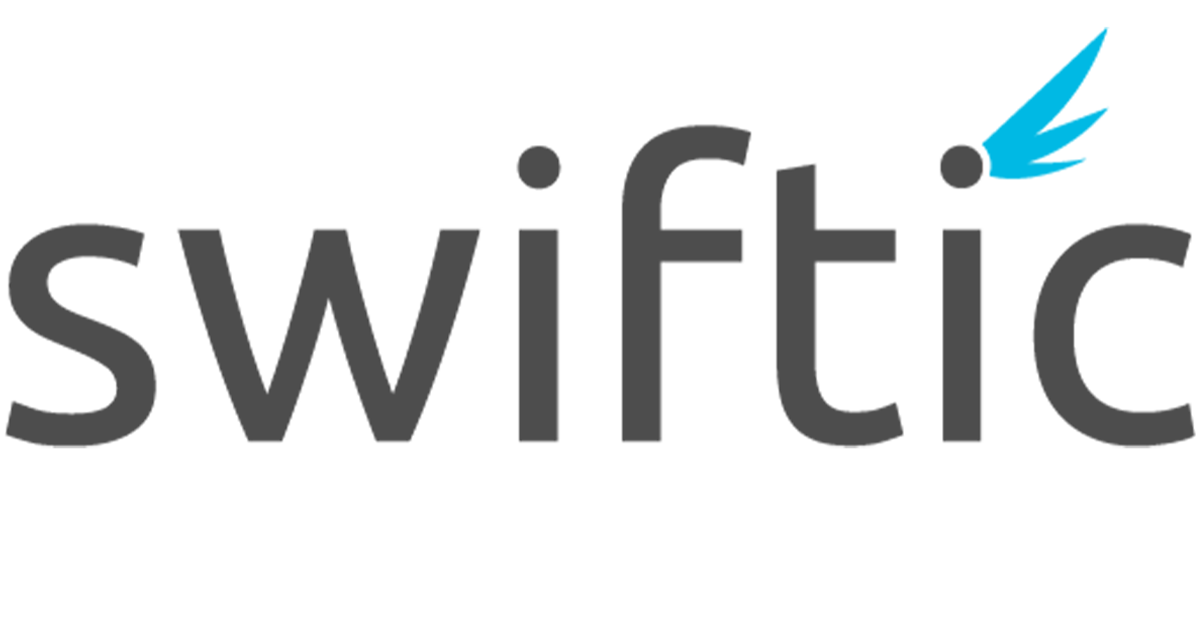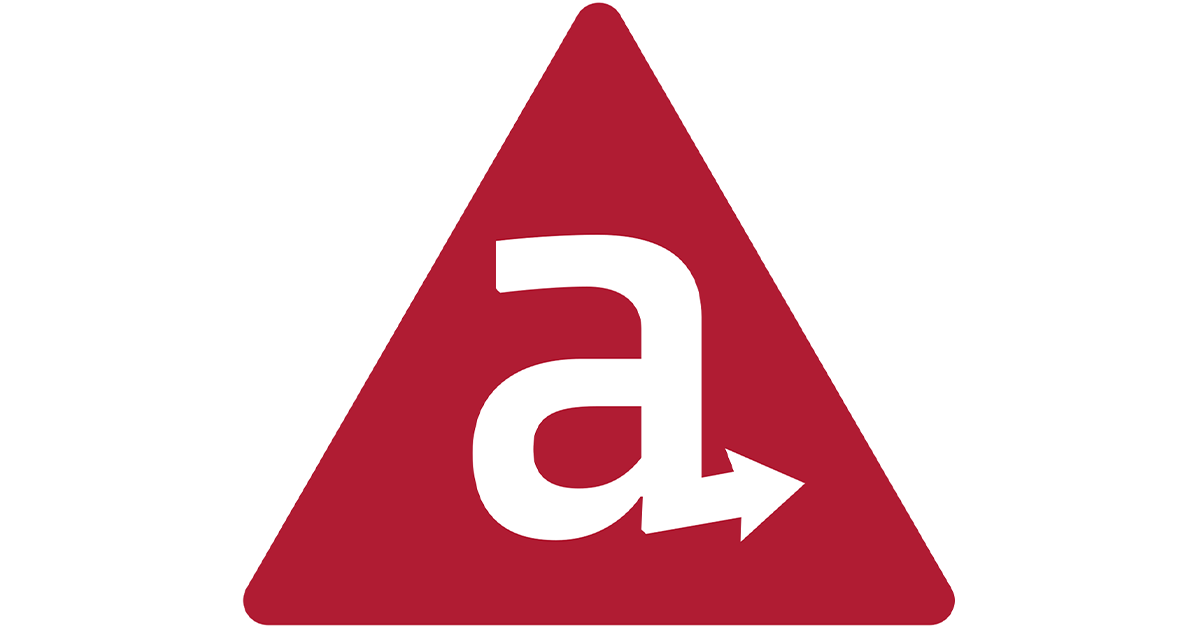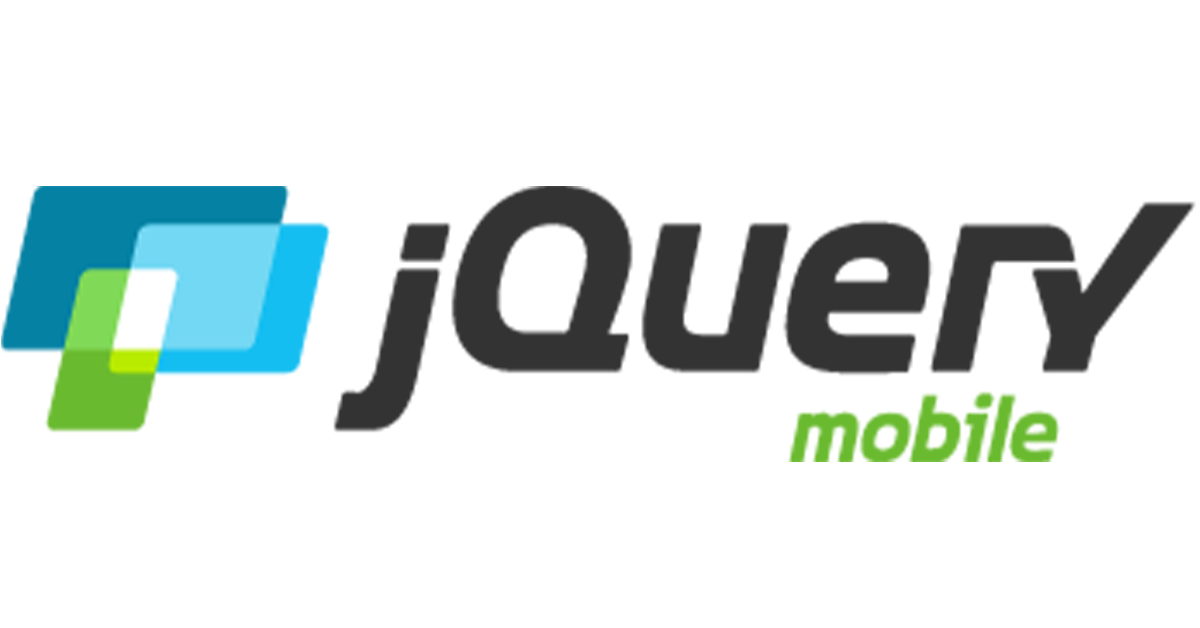Table of content
Over 5.5 million was the number of apps available on Google Play Store and Apple App Store combined in the first quarter of 2022. The market for mobile applications is consistently growing and isn’t going to perish anytime soon. If you are looking to develop a mobile application, having an idea of the current trends of the app development market can give you an extra edge. This listicle will take you through the top 12 mobile app development frameworks of 2022 so that you can decide which one best suits your needs.
1. React Native
In JavaScript-based mobile app development frameworks, React Native has become one of the go-to choices. Despite being a relative newcomer React Native has quickly gained popularity among mobile app developers.
React Native is a Facebook-developed open source cross-platform app development framework using which developers can easily create apps for both Android and iOS. Its widespread appeal is due to its speedier development and deployment procedures.
Features of React Native:
- Reusability of code and cost-effectiveness
- Third-party plugins are supported
- Reusable components for maximum efficiency
- Provides characteristics for rapid deployment
- Maintenance is simple.
Apps built with React Native:
2. Flutter
Flutter is a great framework developed by Google for creating visually appealing mobile apps. Mobile users may also enjoy an engaging UX, thanks to intuitive widgets, material designs, and eye-catching animations. As a matter of fact, Flutter and React Native are currently the two most popular mobile development frameworks.
The cool part of Flutter is that its aesthetic exuberance has no bearing on performance. In addition, scrolling, navigation, icons, and typefaces are all designed to be as fluid and natural as possible.
Unlike many other mobile app frameworks, Dart is used to writing the code. Additionally, the program codes are reusable for future projects. Flutter has an added layer of legitimacy because of Google’s support.
Features of Flutter:
- Full native performance
- Adaptable user interface (UI)
- Strong Widget Support Is Available
- Built-in Material Design
- Quick Application Development
Apps built with Flutter:
Google Ads, Crowdsource, BMW, Reflectly, Toyota, etc.
3. Xamarin
Xamarin is yet another cross-platform app development framework for developing apps for Android and iOS. Because they employ the C# programming language, they need fewer lines of code. As a result, the coding process is quicker.
It also allows us to swiftly transfer the scripts across multiple platforms, such as Windows and macOS. Because developing an app is so fast these days, you might assume that quicker development means sacrificing design and performance.
However, Xamarin-based apps deliver flawless native performance in terms of quality and performance. Microsoft has acquired Xamarin. Also, its ability to connect with Microsoft Visual Studio is a plus point for developers.
Features of Xamarin:
- There are around 1.4 million developers in the community.
- UI Support & Native API Access
- Targets all Platforms
- Easier API Integration
- A More Cost-Effective and Timely Development Process
Apps built with Xamarin:
Oro, MRW, Storyo, Fareboom, Picturex, etc.
4. Ionic
Ionic is also a widely used mobile app framework that has swiftly gained popularity among app developers. It’s a free app development platform that creates native, online, and hybrid apps using a combination of CSS3, HTML, and JavaScript technologies.
Ionic is an excellent choice for creating HTML5-based hybrid applications and progressive web apps. Hybrid apps combine the best features of both native and web programs into a single package.
It covers things like consistent designs, performance increases, and device support, among other things. Using Cordova or Capacitor, Ionic apps may be deployed across different app stores and installed on devices.
Features of Ionic:
- Faster Application Development
- Cordova Plugins are available.
- UI components that come pre-installed
- Based on AngularJS
- Platform independent
Apps built with Ionic:
MarketWatch, Sworkit, Diesel, Honeyfi, McLaren Automotive, etc.
5. Adobe PhoneGap
Adobe PhoneGap is undoubtedly one of the most developer-friendly mobile app frameworks available. It is a cross-platform app development framework that uses CSS3, HTML5, and JavaScript to build hybrid applications.
PhoneGap also allows us to use device APIs that aren’t available in web browsers. Developers can also use many Cordova plugins to use the device capabilities like camera, GPS, sound, accelerometer, etc., to provide a native app-like experience.
Features of Adobe PhoneGap:
- Reusability of code
- There are no hardware limitations.
- Third-party tools and the Plugin Library
- Cross-platform compatibility
- Robust support system
Apps built with Adobe PhoneGap:
The DHS Program, Paylution, Wikipedia, Healthtap, TripCase, etc.
6. Framework7
Framework7 is a framework that allows developers to create native-looking Android, iOS, and desktop apps. It is a free and open-source framework that is simple to learn and use. All you’ll need to build with Framework7 is a basic understanding of HTML, CSS, and Javascript.
It supports integration with Vue.js, React js, and Svelte. Also, Framework7’s beautiful assortment of UI components is one of its most appealing features. Popup, action sheet, list view, layout grid, side panels, and numerous more often used features are among them. Hence, Framework7 makes app development simple, convenient, and quick.
Features of Framework7
- Customization is easy
- Variety of UI components and widgets
- Supports integration with Electron and NW.js
- Diverse ecosystem
- Maintenance is simple
Apps built with Framework7:
AvatarGen, RabbitMail, Ziggu Simba, Hafla, Lasso, etc.
7. Mobile Angular UI
Mobile Angular UI is an open-source mobile app development framework that combines Bootstrap and Angular framework implementations. The framework provides numerous UI components like overlays, switches, sidebars, navbars, scrollable sections, etc., to develop attractive and powerful user interfaces.
To design rich experiences, Mobile Angular UI also supports fastclick.js and overthrow.js. Furthermore, Mobile Angular UI is a cross-browser-compatible framework making it efficient at handling JavaScript in different browsers.
Features of Mobile Angular UI:
- Quick conversion of desktop apps to mobile apps
- Responsive
- Components are interactive and easy to implement
- No jQuery dependencies
- Lightweight
Apps built with Mobile Angular UI:
Hotelier News, Guezz It, Gunks, iKeyBox, Tic-Tac-Toe Mobile, etc.
8. Corona SDK
Corona is faster, simpler, and more complete than alternative app development frameworks. It is a free cross-platform app creation tool that builds high-quality apps and games for numerous mobile and desktop platforms.
It uses Lua, a powerful yet lightweight programming language, to provide higher-quality visuals in apps and games. It also enables you quickly test end-products on real devices. After the deployment of the app, the code and assets update automatically.
Features of Corona SDK:
- Lightweight
- Easily embedded
- Visuals of exceptional quality
- Large plugins library
- Testing in real-time
Apps built with Corona SDK:
Tiny Boxes, Ava Airborne, Rider, ZipZap, HoPiKo, etc.
9. Native Script
Native Script is an open-source framework for developing native mobile applications with Angular, Vue.js, TypeScript, or JavaScript. The framework enables you to develop apps for both: Android and iOS using the same codebase.
The Native Script framework uses the same APIs as Xcode or Android Studio to create apps. Furthermore, the framework is a good choice for developers who wish to develop apps for numerous platforms in a shorter period and at a lower cost.
Features of Native Script
- Development for Multiple Platforms
- Easy access to APIs for Android and iOS
- Performance just like Native apps
- Strong Backend Support
- Reusability of Code
Apps built with Native Script:
Strudel, BitPoints Wallet, Daily Nanny, Regelneef, Dwitch, etc.
10. Swiftic
Swiftic is a do-it-yourself mobile app solution that makes it easy for anybody to build unique apps for their company. It simplifies app development by letting developers import existing material from the internet rather than starting from scratch.
It’s one of the most adaptable mobile app development frameworks because of its simple user interface, experienced advice, and beginner-friendly approach. The framework comes with several out-of-the-box features like push notifications, social network feeds, app advertising, and so on.
It is one of the most convenient mobile app development alternatives since it allows you to design, publish, and evolve your app from a single control panel.
Features of Swiftic:
- Easy-to-use Interface
- Plans with a 30-day money-back guarantee
- Easy Navigation
- Great Communication
- Excellent integration with other parties
Apps built with Swiftic:
No information available.
11. Appcelerator Titanium
Titanium is an open-source development framework created by Appcelerator Inc that allows you to build cross-platform mobile apps. Its Titanium SDK is an excellent tool for creating apps.
The framework is built on a Javascript-based SDK with over 5000 APIs for Windows, HTML5, iOS, and Android, which enables up to 90% reusability of Javascript code when developing applications for several platforms. Furthermore, the framework includes several UI components that provide users with rich experiences. Also, it allows testing and eventually deploying the app all in one place.
Features of Appcelerator Titanium:
- Code Reusability
- Excellent API Integration
- Multiple platform support
- Streamlined Development Process
- API Management features include several options
Apps built with Appcelerator Titanium:
No information available.
12. jQuery Mobile
JQuery Mobile is a cross-platform programming framework for creating mobile and online apps for different devices. The framework enables a single code version to use across all devices. Additionally, the HTML5-based development framework includes plugins such as Image Slider, Content-Slider, Pop-Up Boxes, and others that aid in the creation of a feature-rich and dynamic design.
Furthermore, the JQuery framework is interoperable with several mobile app development frameworks, including PhoneGap and others. Also, it is touch-friendly, has a single codebase, and allows developers to construct highly customized apps and websites.
Features of jQuery Mobile:
- Multiple platforms and devices are supported
- Responsive
- Lightweight Dimensions
- Plugins for various add-ons
- A Robust Theming Framework
Apps built with jQuery Mobile:
No information available.
Summing Up
So, this was the list of the 12 best mobile app development frameworks in 2022. Now you have the prerequisite information to decide which technology suits your needs the best. You can get more information and suggestions from your technical partner to conclude which technology to use.
But, to build a successful app, you need a skilled and experienced development team to partner up. At Supersourcing, you can find pre-vetted, seasoned, and top-quality development companies and developers that can help you build a successful application. Moreover, with Supersourcing, you can save up to 60% of your time and money. Post your project in a few minutes to get started now and hire the perfect team within ten days.
FAQs
What is the best framework to develop mobile apps?
The best frameworks for developing mobile apps are:
- React Native
- Flutter
- Xamarin
- Ionic
- Adobe PhoneGap
- Framework7
- Mobile Angular UI
- Corona SDK
- Native Script
- Swiftic
- Appcelerator Titanium
- jQuery Mobile
What is the most used mobile framework?
The most popular mobile app development frameworks are React Native, Flutter, and Xamarin. Developers prefer these frameworks because of ease of use and the variety of services they offer.
Should I use Swift or React Native?
Swift is a programming language that is used to develop mobile applications for iOS. Whereas, React Native is a mobile app development framework that is used to develop cross platform mobile applications. If you want to build an app only for iOS, you should opt Swift, but if you want to develop an app for both the platforms – iOS and Android, then React Native is the better choice.
Is Xamarin better than React Native?
Despite the fact that both Xamarin and React Native offer near-native performance, Xamarin is quicker on Android and iOS and has a UI for accessing native features. TLDR: When Xamarin is compared against React Native, Xamarin comes out on top due to its native-like performance.
Which is better: Xamarin or Flutter?
The needed development speed: Xamarin gives superior development tools and is easier to use than Flutter. Use Xamarin if you need to build quickly. And, as Flutter is more popular than Xamarin, you’ll have a simpler time finding Flutter developers than of Xamarin. Xamarin is less popular than Flutter.
